Gabrielle Pizzi Exhibition Opening
On 19 October 2001, a boat carrying about 400 asylum seekers made for Australia. It was grossly overloaded. It foundered and sank.
Most of the people who drowned when SIEV X sank were women and children, desperately trying to join their husbands and fathers who had already obtained refugee protection in Australia. The Temporary Protection Visa regime prevents family reunions, so the families tried to come here with the help of people smugglers. And they died. Australian authorities were aware of the overloaded Indonesian vessel, but did not attempt to rescue it.
The signature work in the exhibition was an array of 153 panels, each 20 cm square, showing the drowning and the drowned. Each panel represents one person who drowned. It would need to be more than twice as big to represent the 353 people who drowned that night.

The opening is filmed for a documentary about Kate’s work concerning Nauru.


Two smaller works continued the theme of the signature work: they show another 34 of the people who drowned when SIEV X sank on 19 October 2001. Its presence was known to Australia, it sank in the surveillance zone of Australia’s Operation Relex, but Australia did nothing to rescue the people on board who, over the next 36 hours, drowned.

Kate prepared gift packs which contained postcard images of several works in the exhibition, and the text of several speeches Kate has given concerning her trip to Nauru in June 2002.

Kate’s trip to Nauru – the first by an Australian who did not work for the government or its contractors – provoked great press interest in the Pacific Solution. At the exhibition, a bench across one end of the gallery displayed many press articles and other items relating to Nauru’s involvement in the Pacific Solution.

Asylum seekers detained on Nauru have written hundreds of desperate, tragic letters to Australians. Many of these were on display in the gallery. Many people who visited the exhibition browsed casually through these letters and, when they realised what they were reading, were reduced to tears.

News articles and handicrafts made by the detainees on Nauru provided a simple reminder that Australia is using the tiny bankrupt nation of Nauru as an offshore gaol.
University of Queensland Collection – Fryer Library





















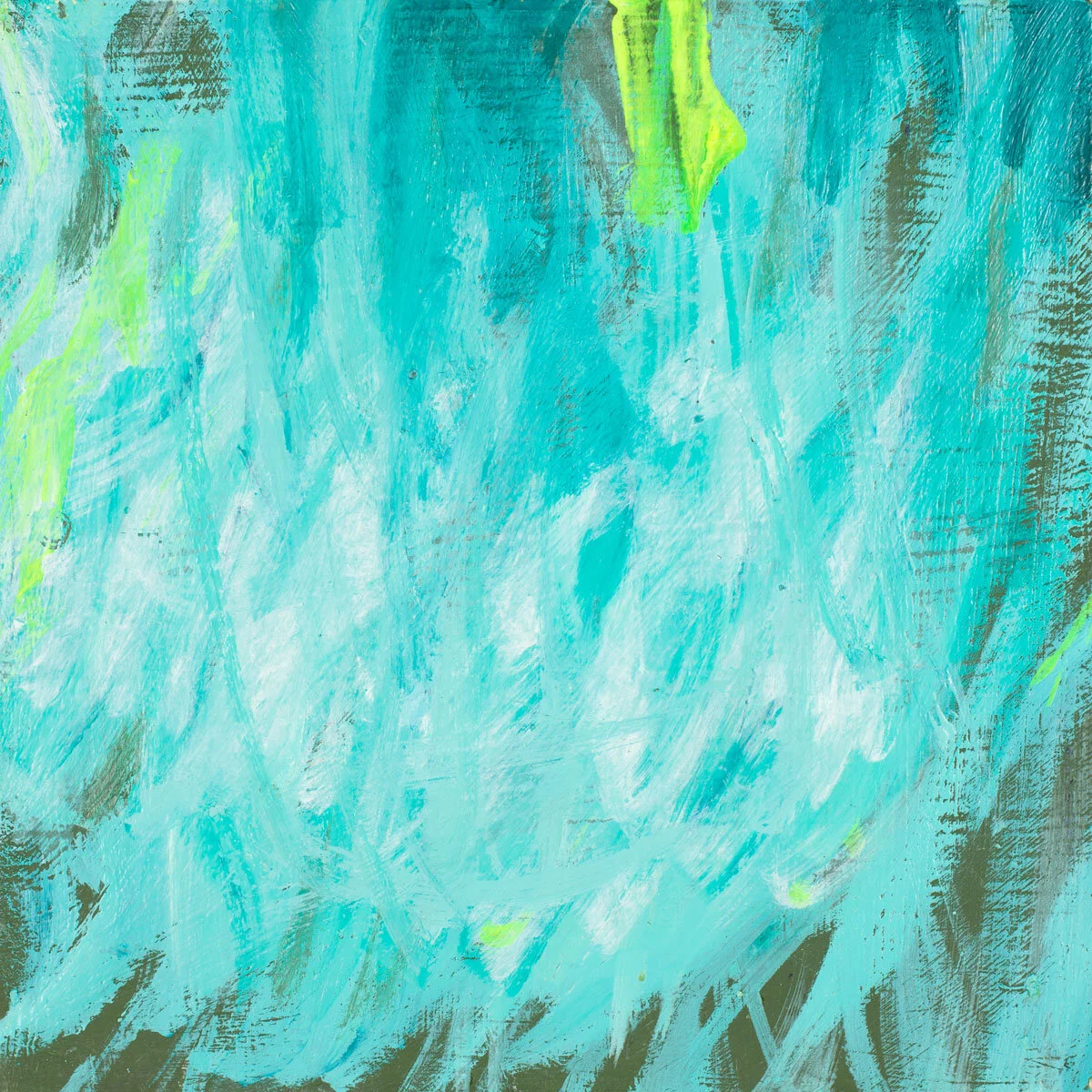




































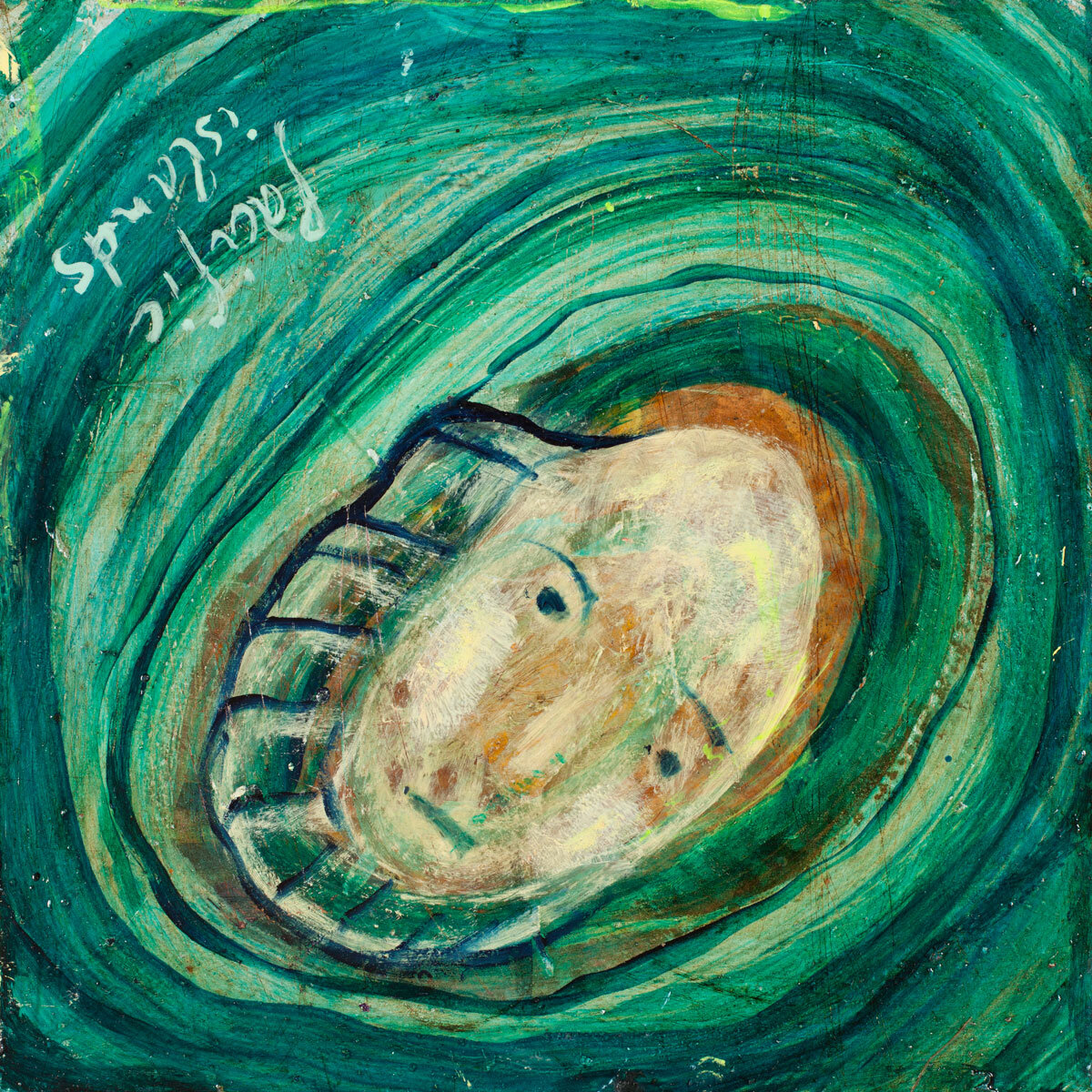











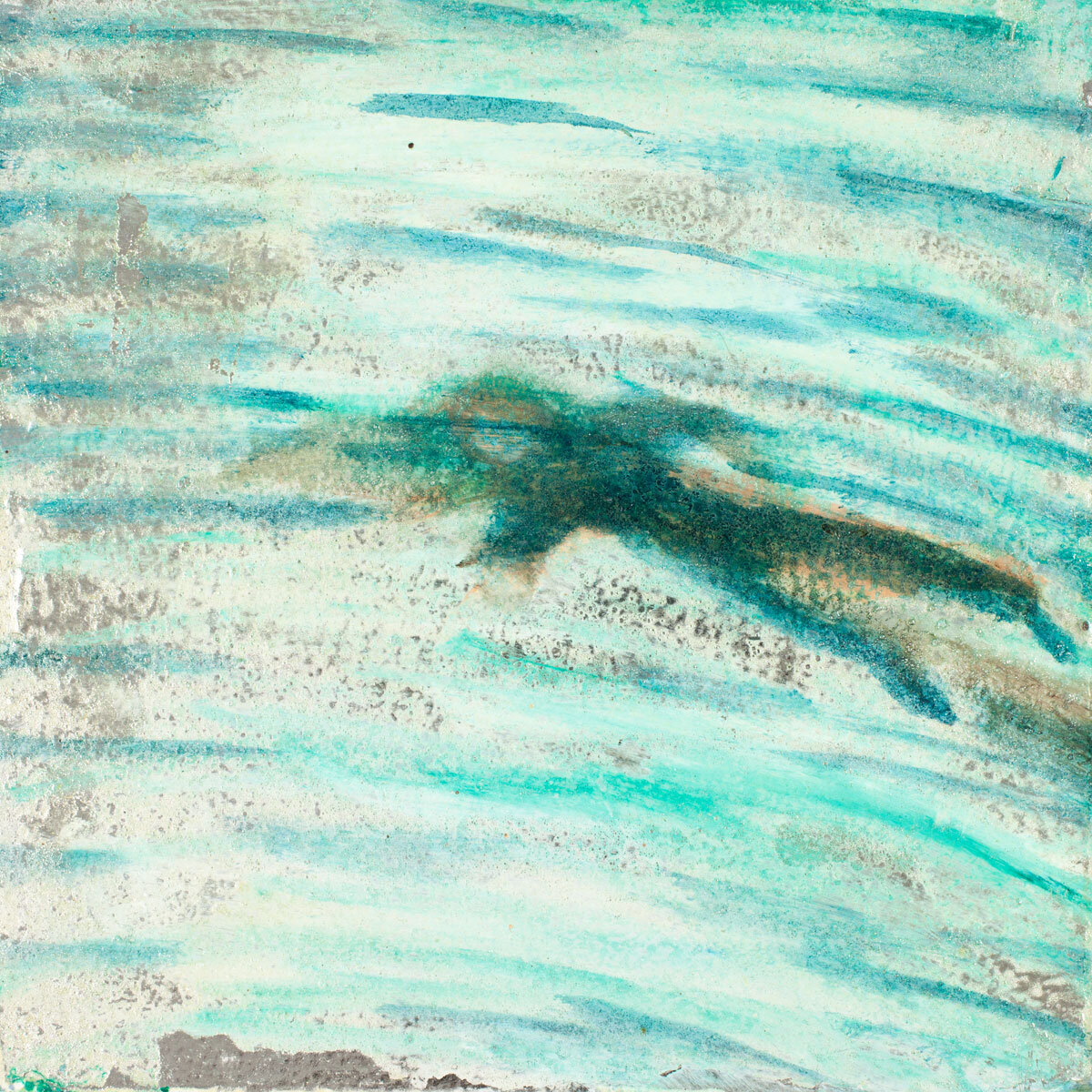




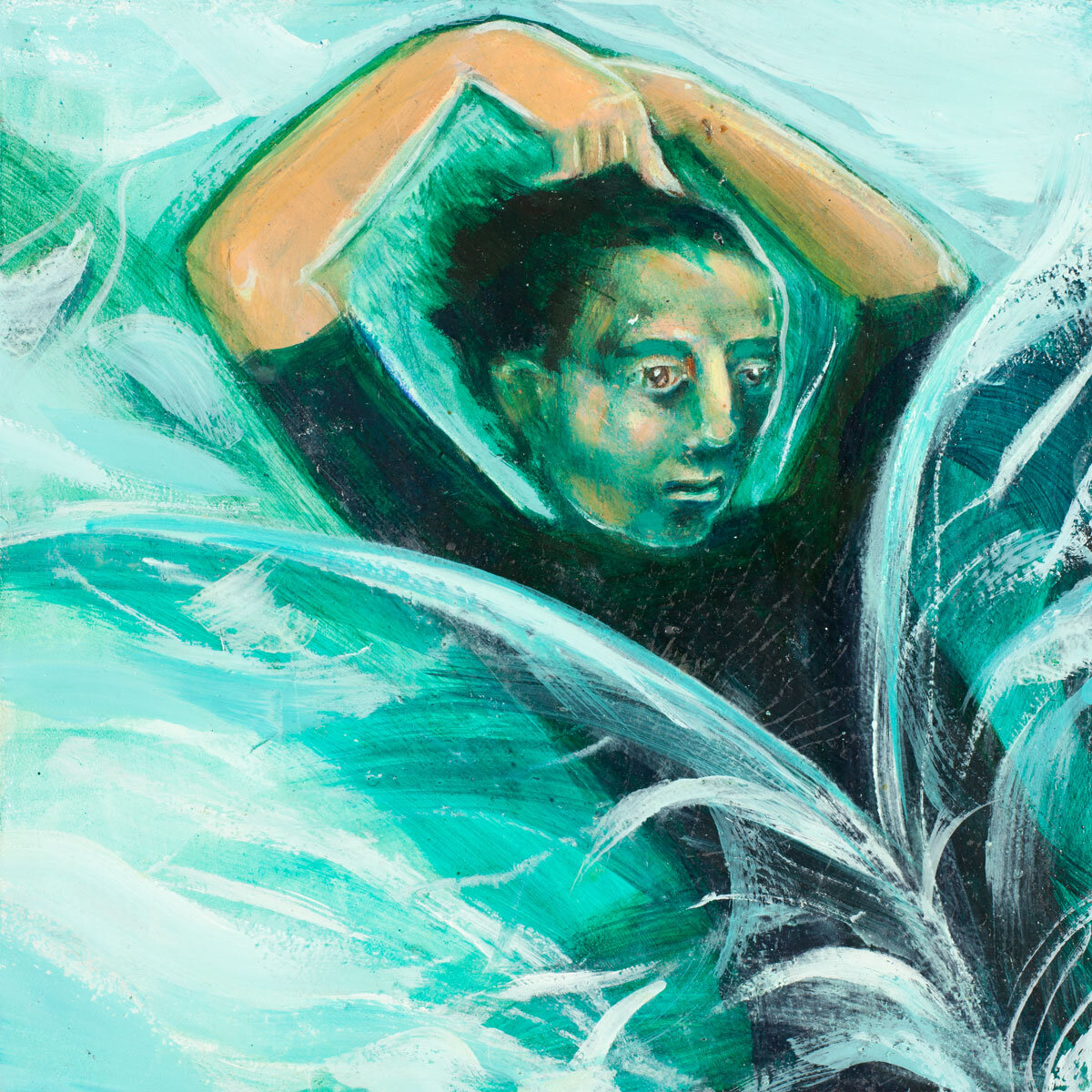


















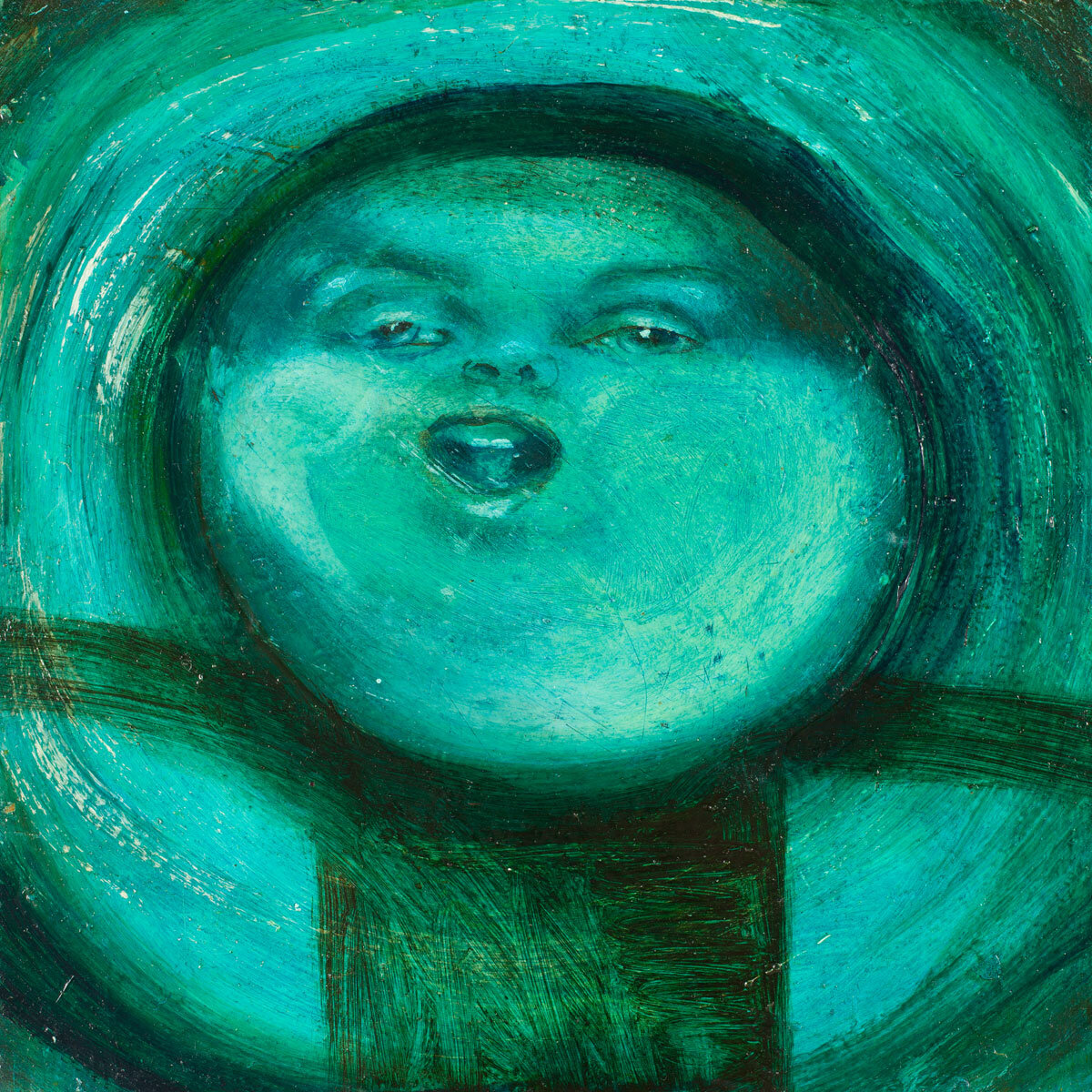



































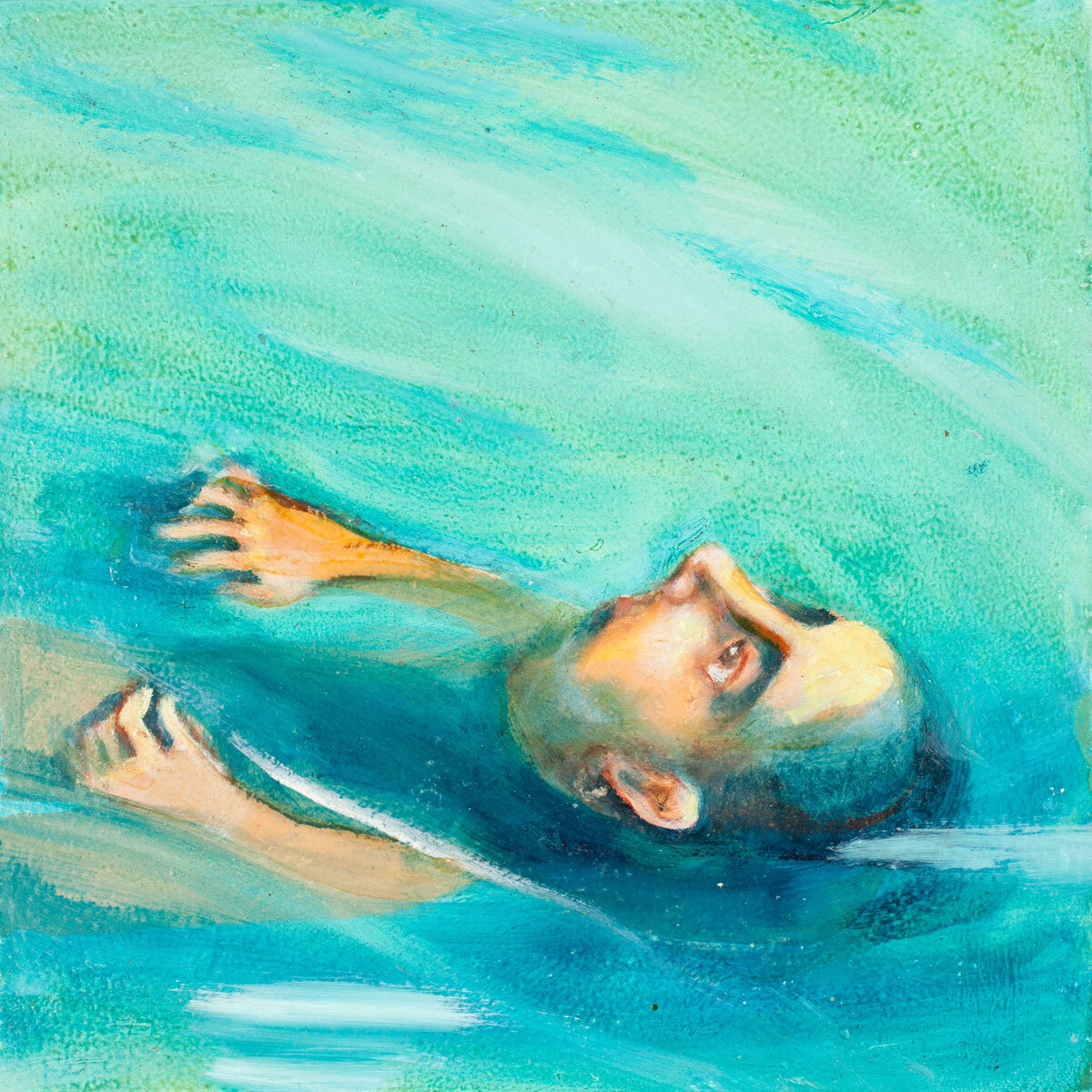

























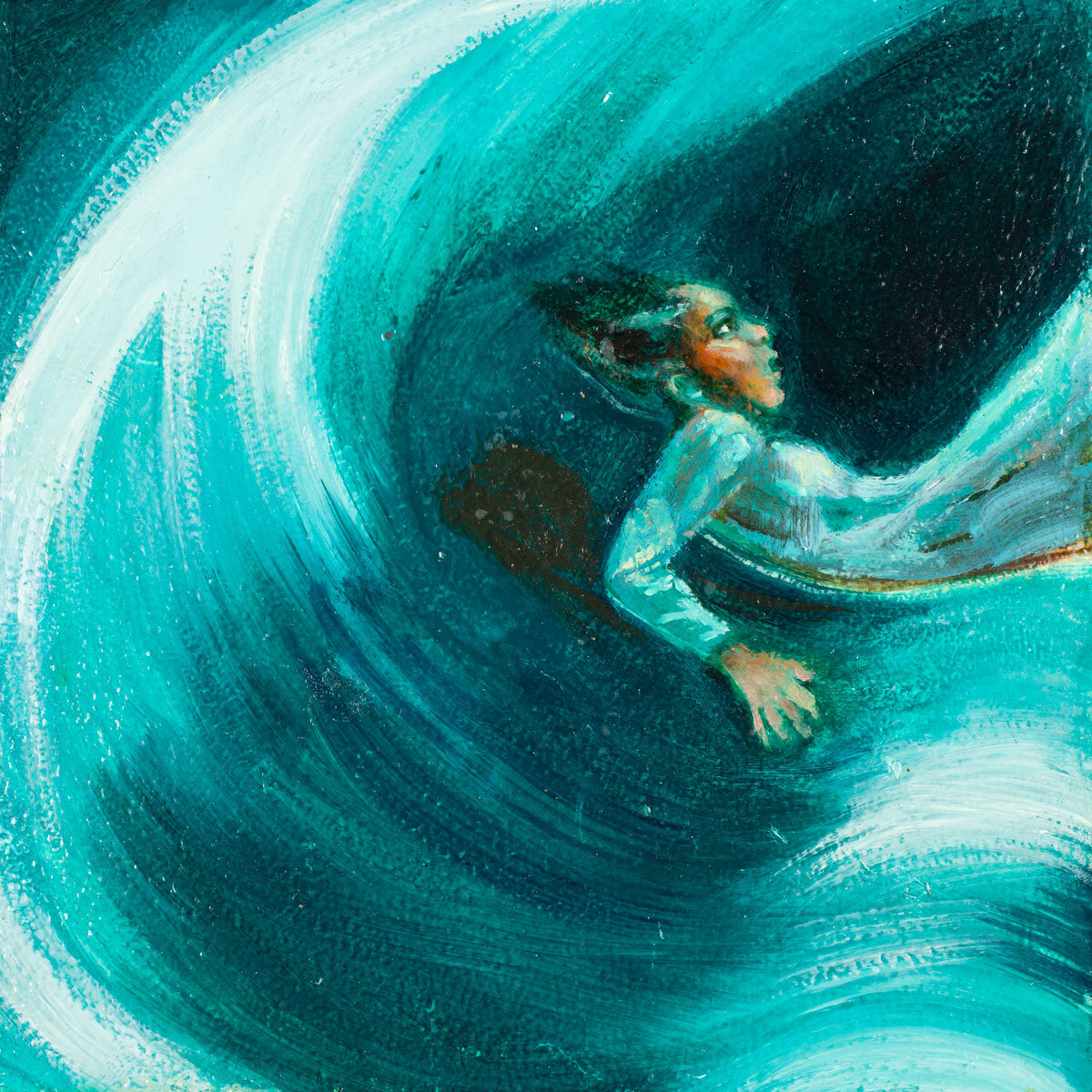



























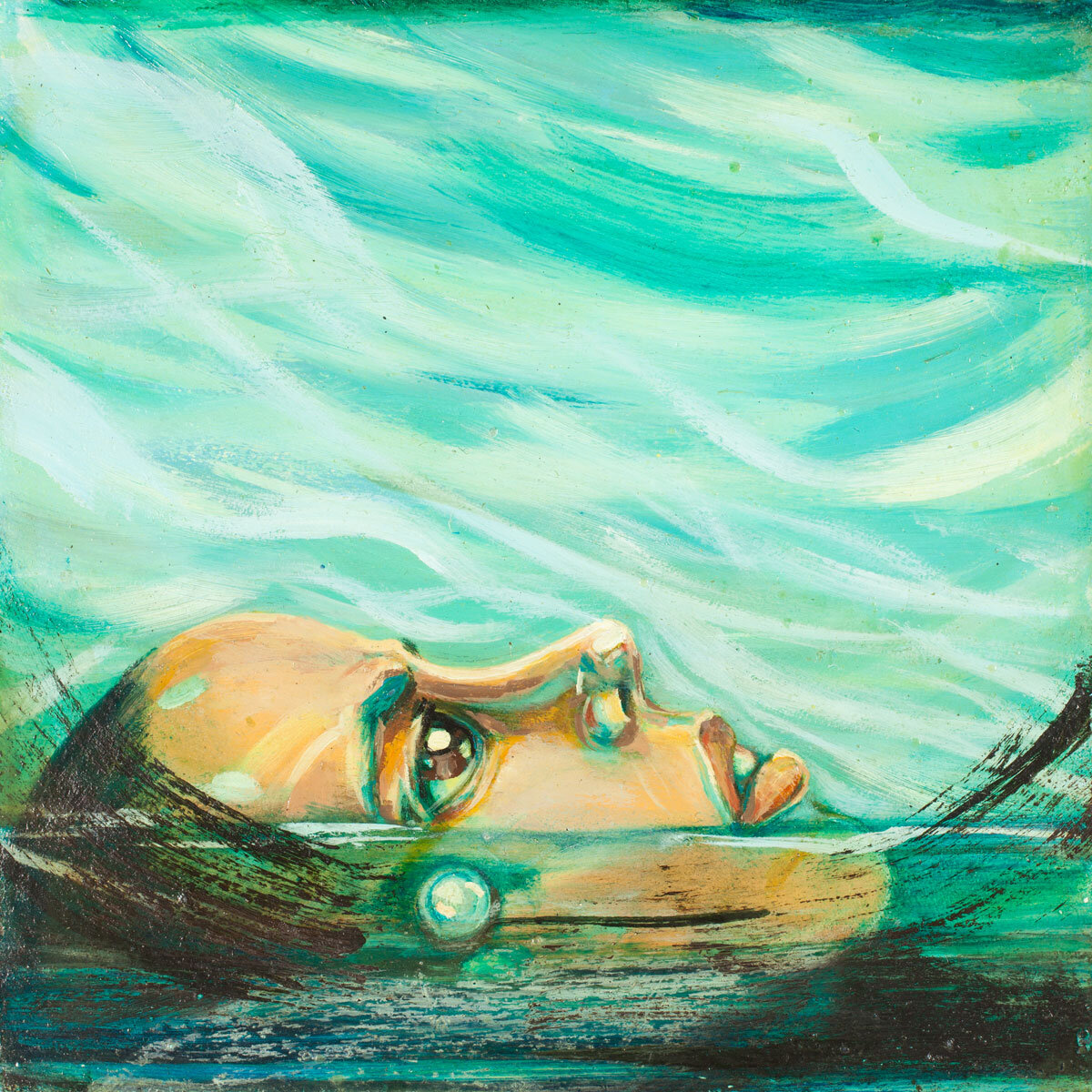



























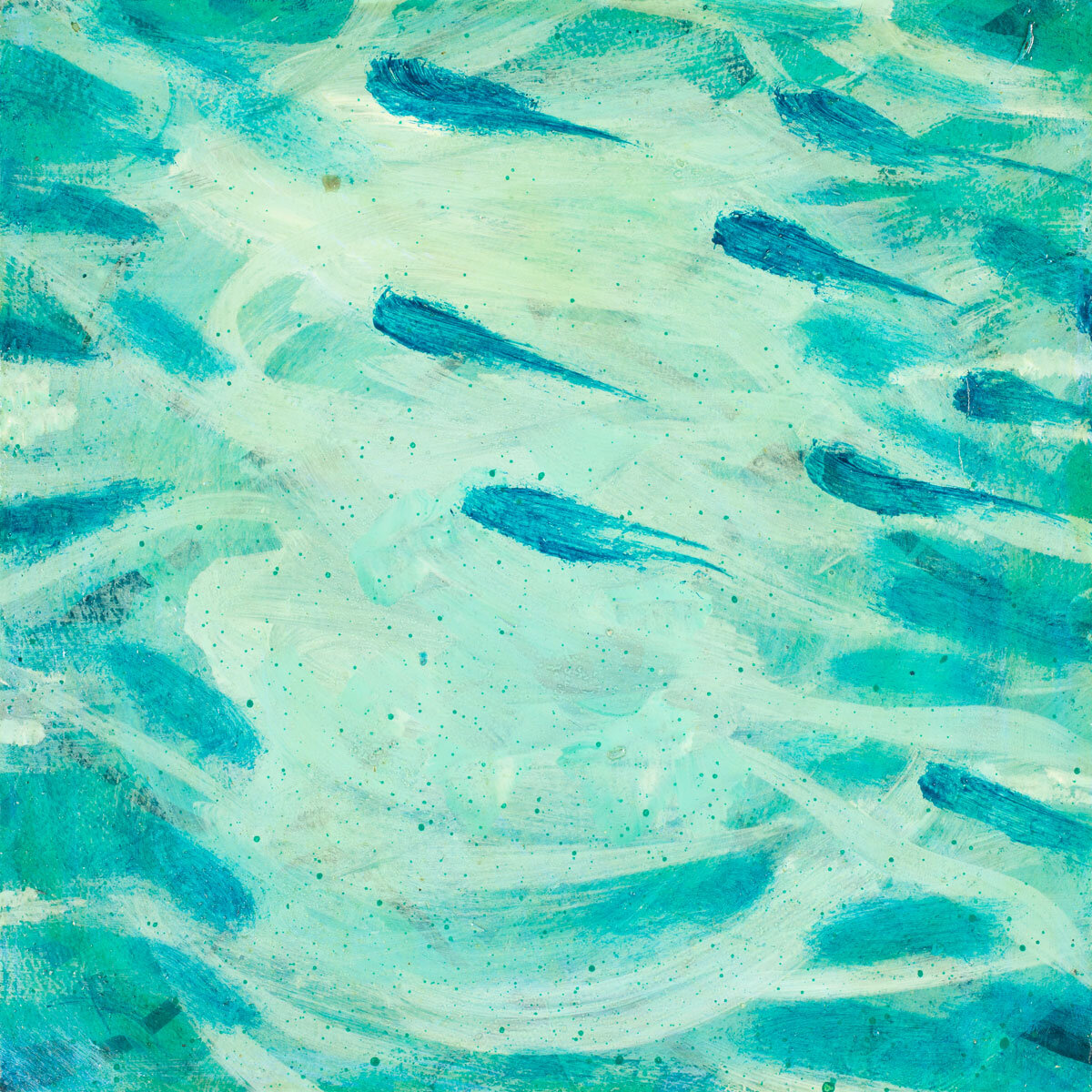









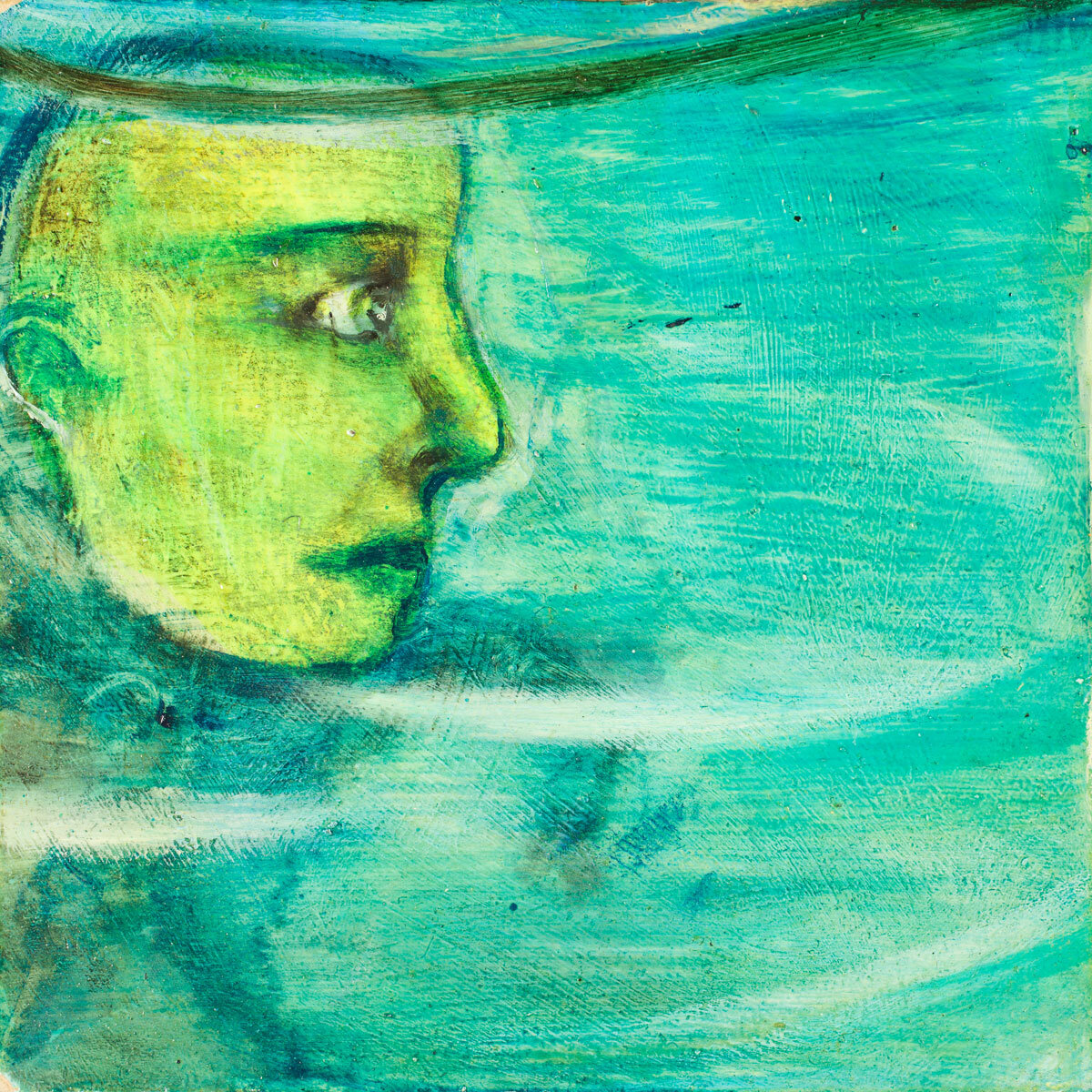


















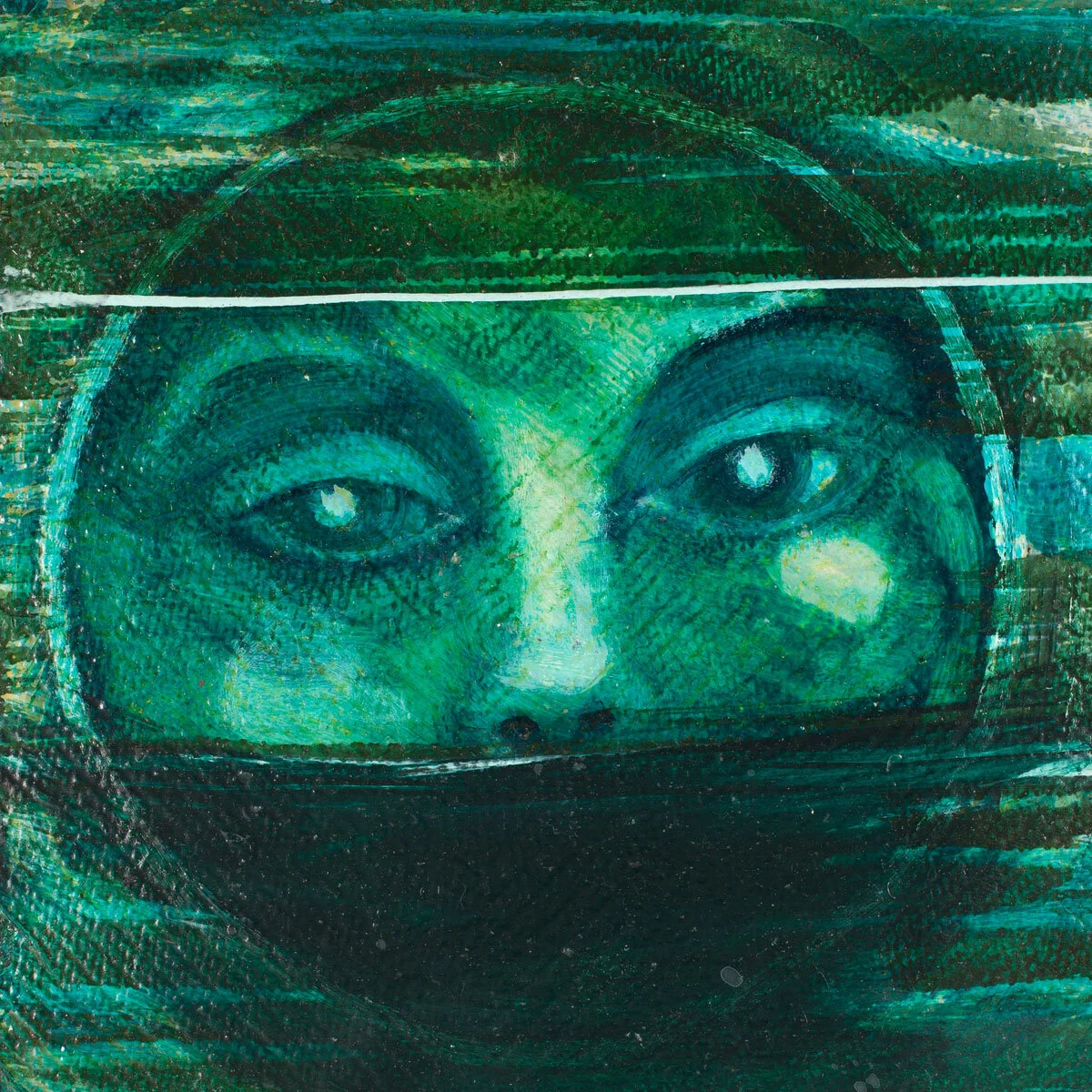






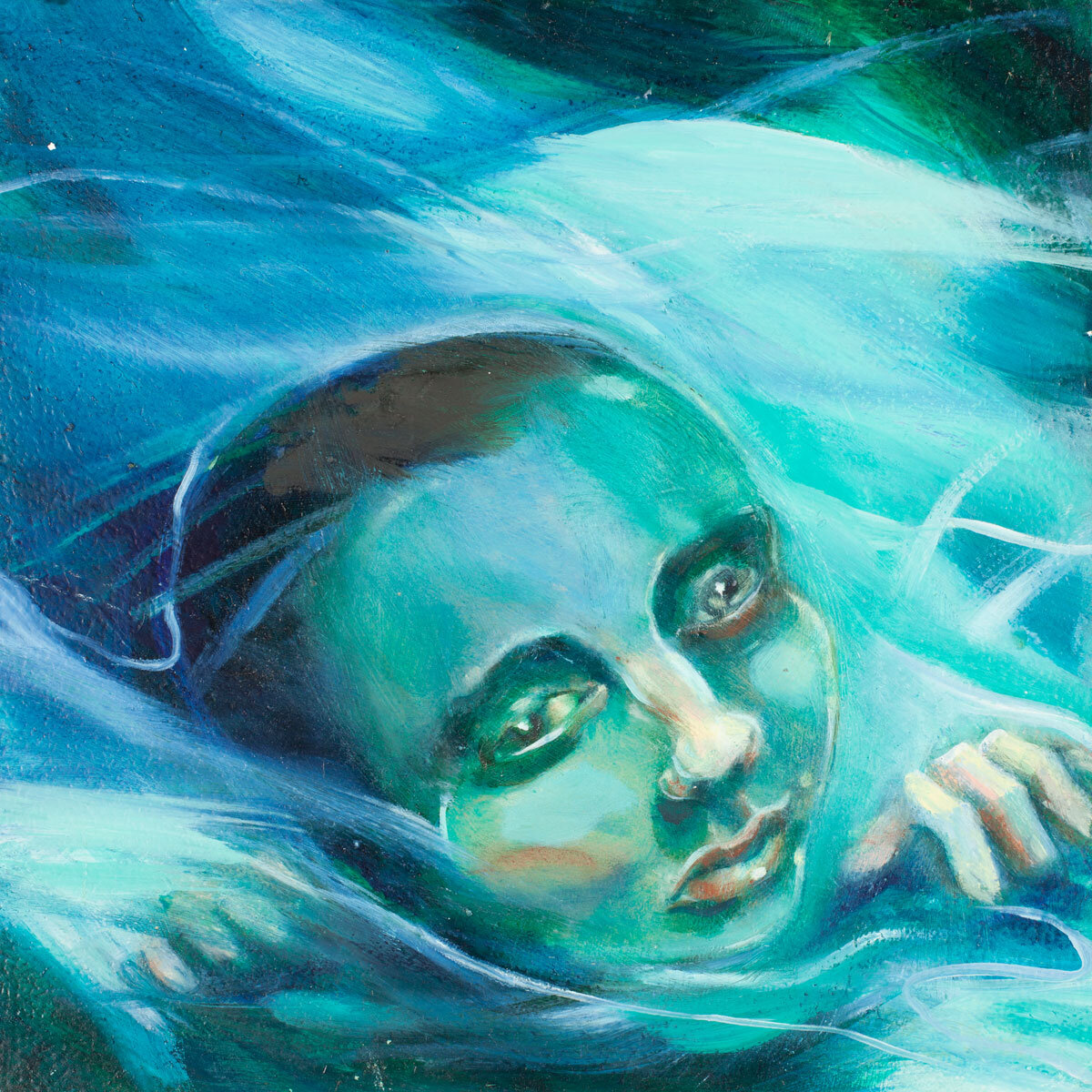





















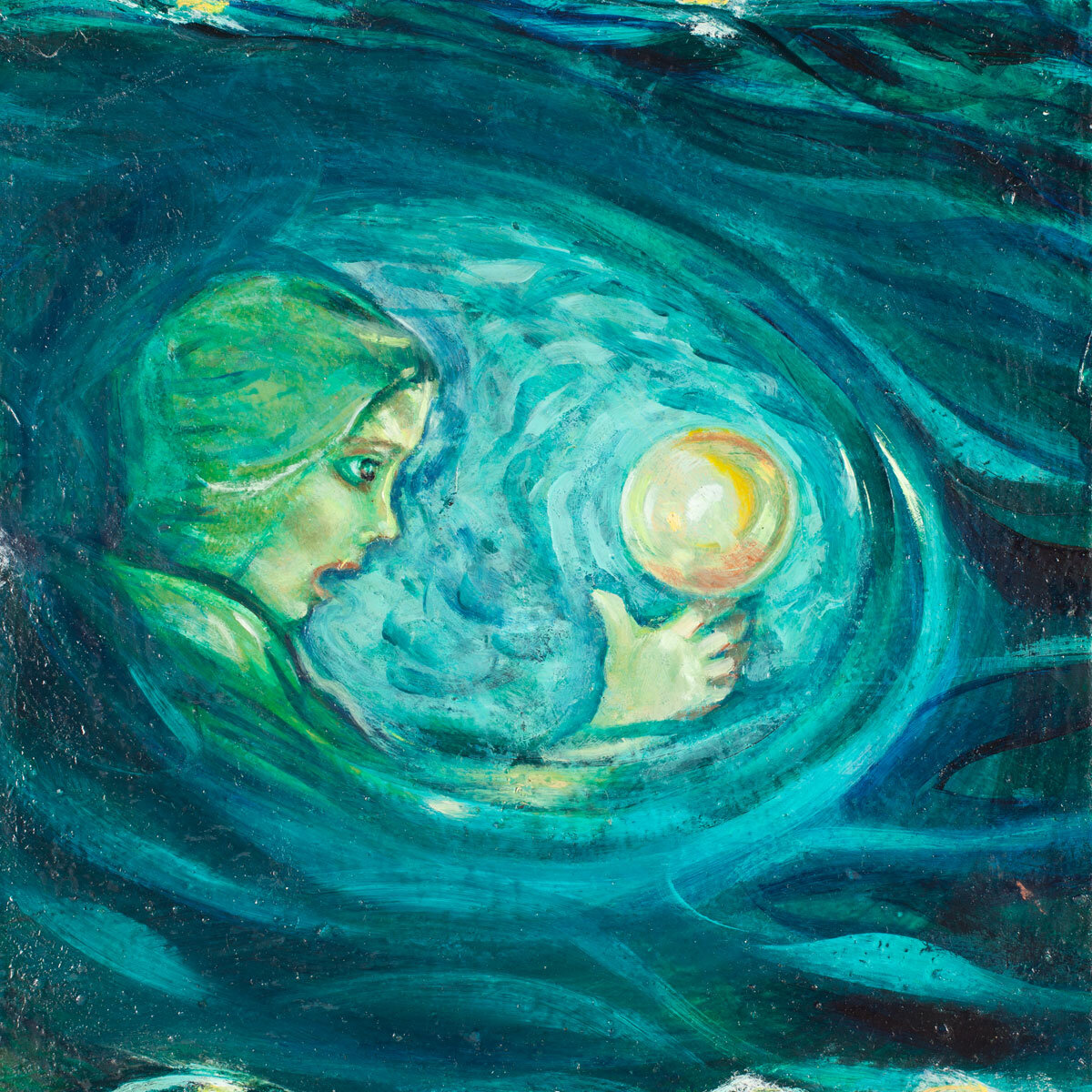

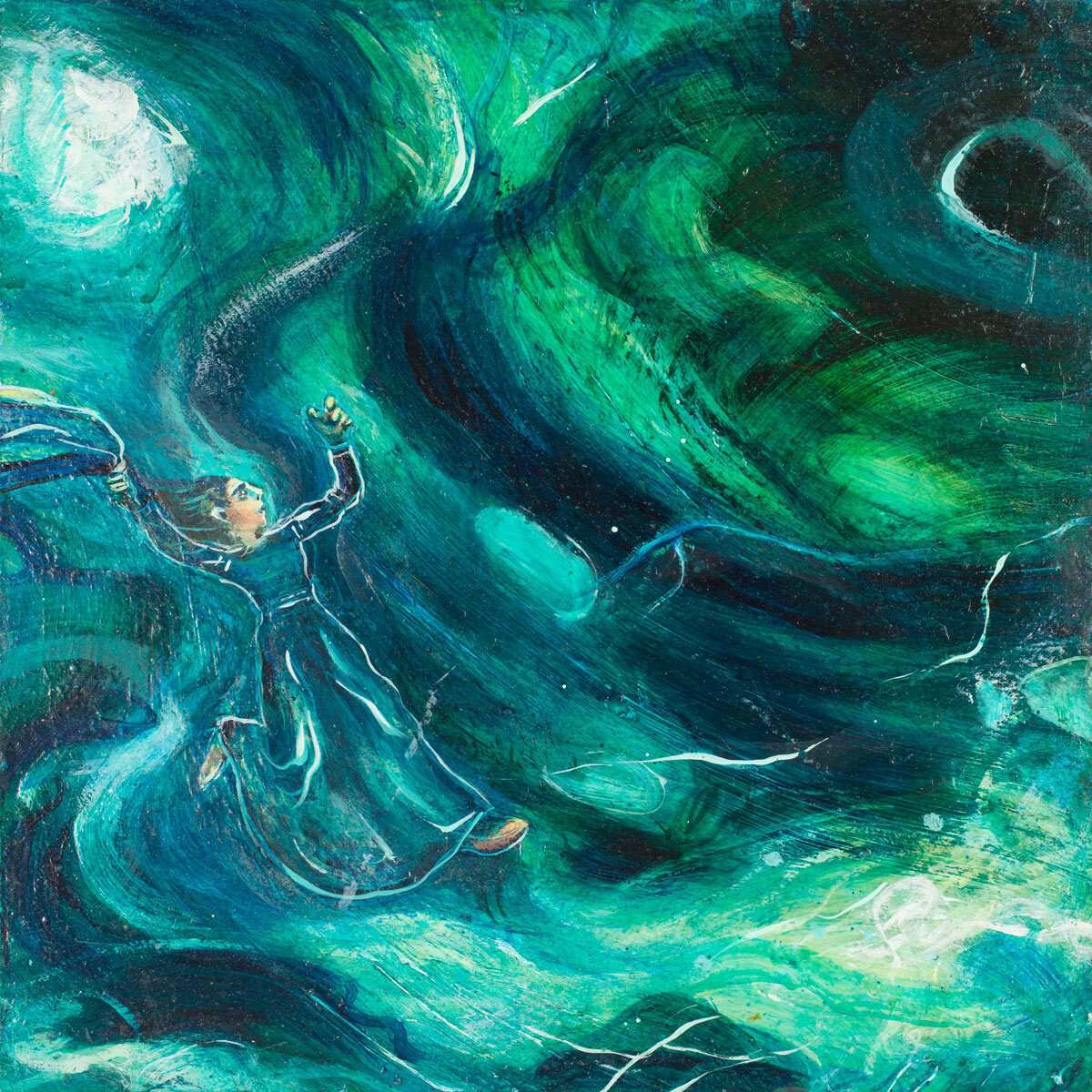













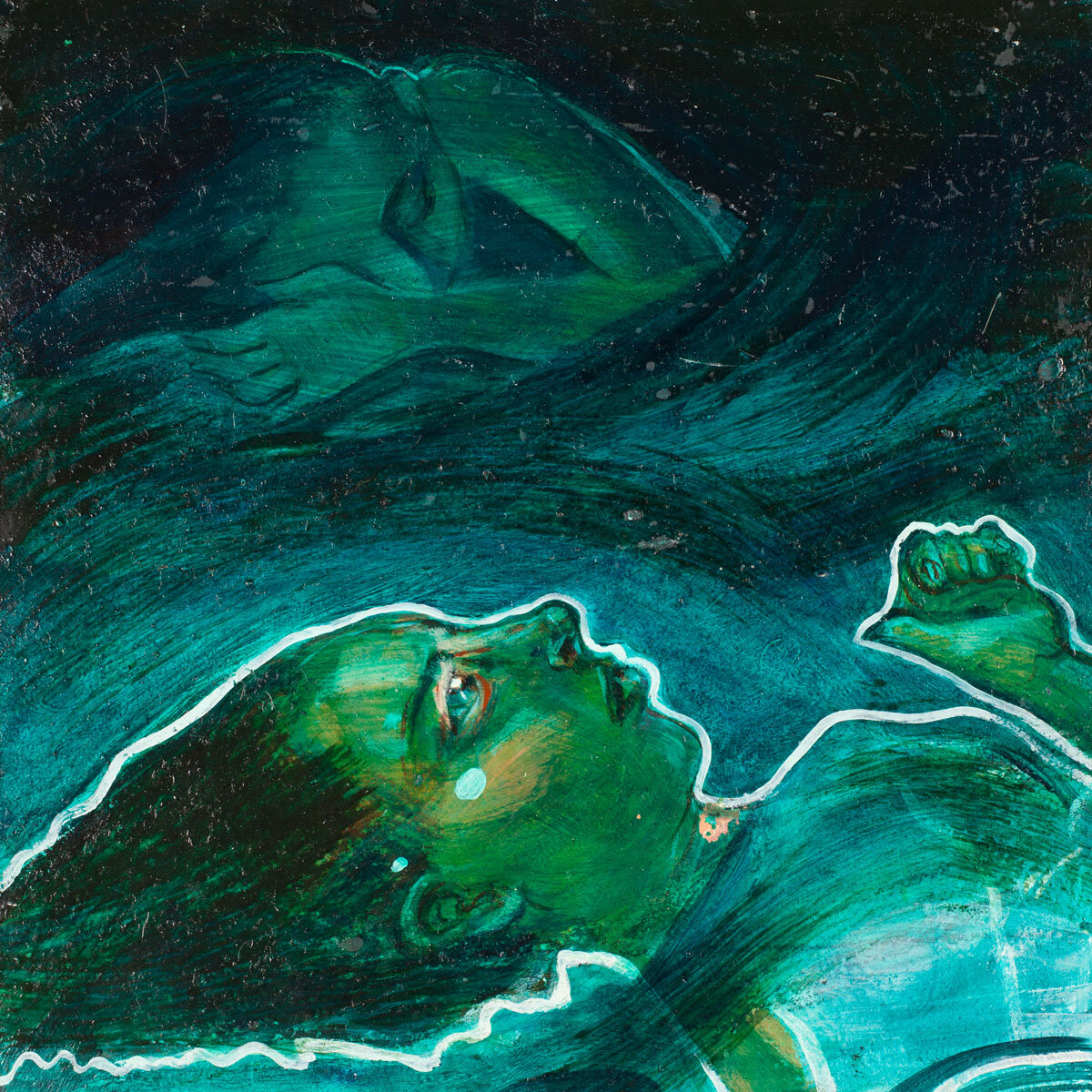



'I surrender, send me home.' 2004 Oil on canvas. 2300mm x 800mm Detention is designed to be almost unendurable. Some suffer long periods of solitary confinement, many opt to go home.

' Have you seen this man?' 2004 Oil on canvas. 2300mm x 800mm. Returned asylum seekers from Nauru are warned in a document reproduced in this painting, not to go to Ghanzi provence. Two returnees were shot for their motorbikes.

'Boat of dreams' A 3-dimensional construction; a whimsical, poignant representation of a refugee boat.












